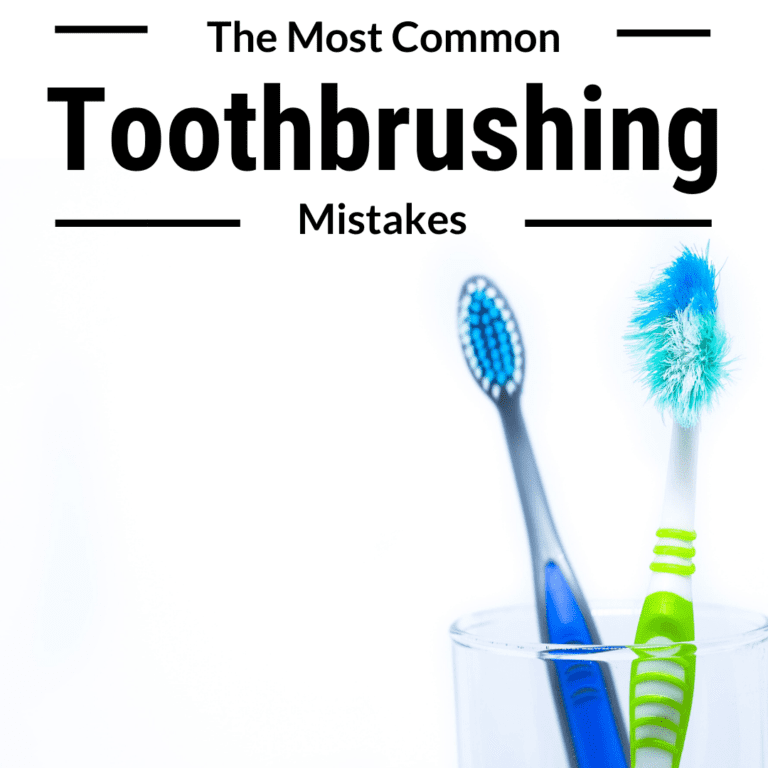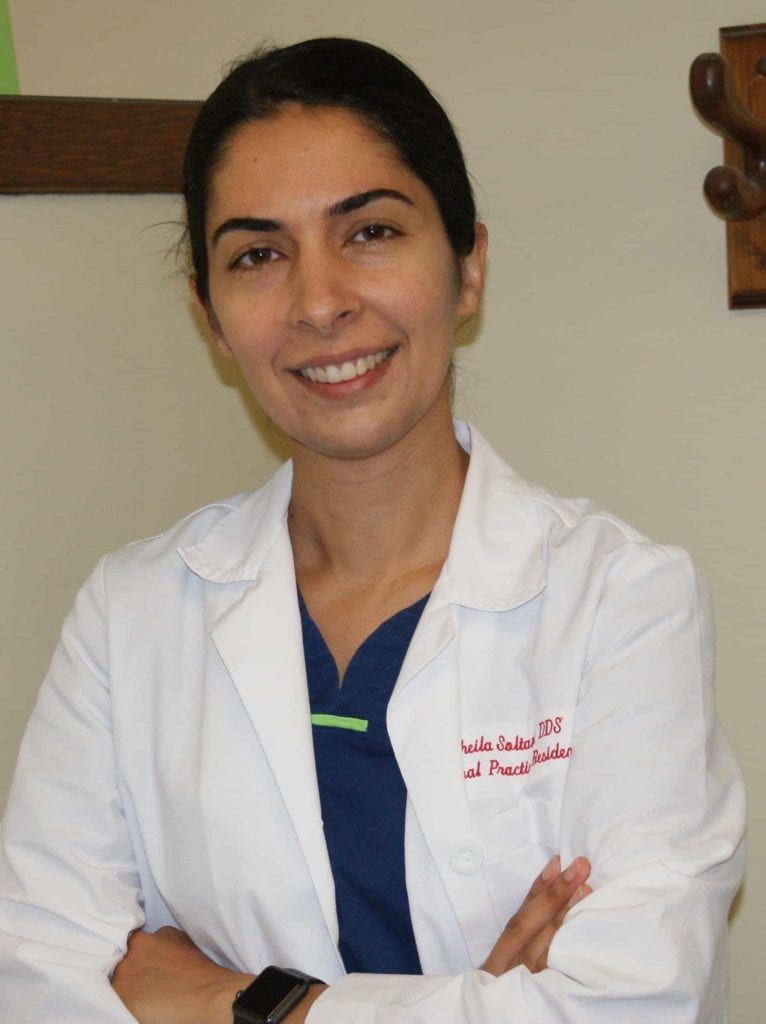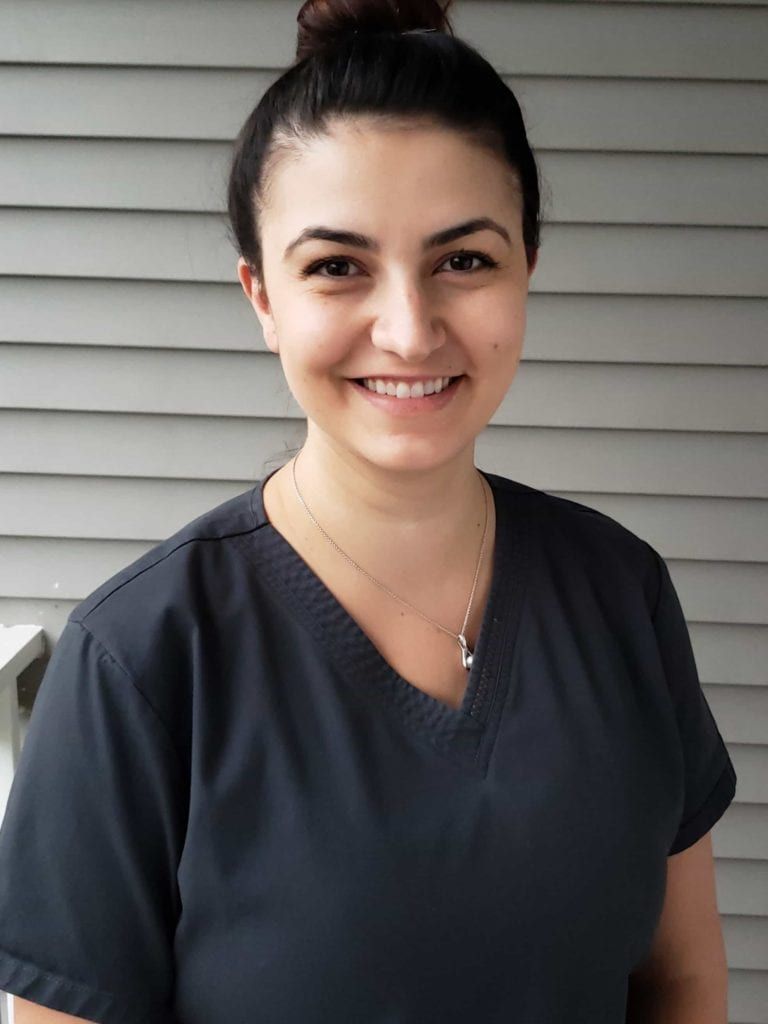Brushing your teeth the correct way is an important part of maintaining your oral health. Although you may think you are brushing correctly, there are some common mistakes many people make that you may not be aware of. To ensure you are brushing your teeth the proper way, here are some common mistakes that you may not even know you are making:
Brushing with a Stiff Brush
The first mistake you may be making when brushing your teeth is the type of toothbrush you use. If the bristles on your toothbrush are too hard or stiff, this causes your enamel to erode and your gums to recede, both of which can increase the risk of tooth decay and gum disease. The best type of toothbrush to use is one that is long enough to reach behind your molars and has soft bristles.
Brushing Too Hard
The second mistake you may be making when brushing your teeth is using too much pressure. Oftentimes, people think that brushing harder makes their teeth cleaner, when in actuality it can lead to dental erosion and gum recession. Since plaque is soft, you simply need to massage your teeth with the toothbrush.
Brushing Back and Forth
Brushing your teeth back and forth instead of up and down is another common mistake people make. Just like you want to avoid brushing too hard, you also want to avoid the back and forth motion of scrubbing your teeth. Instead, you should move your toothbrush up and down in a circular motion to clean your teeth without damaging them.

Brushing Too Quickly
Another mistake people often make when brushing their teeth is not taking enough time. To make sure your teeth are adequately cleaned, the American Dental Association recommends brushing twice a day for two minutes. Brushing for less time increases the possibility that you are not removing all the plaque from your teeth.
Brushing Too Soon
It is also possible that you may be brushing too soon after eating. Immediately after meals, your mouth tends to be more acidic due to the foods you eat, as well as the bacteria producing acid. Brushing your teeth at this time can be damaging to your enamel. Therefore, you should wait at least 15-20 minutes after a meal before you brush your teeth.
Not Brushing Certain Places
There are a couple of common places that dentists have noticed people forget to brush. One of these is along the gum line. Since the gum line is a popular location for plaque to accumulate, it is extremely important to brush here. When brushing along the gum line, it is recommended to hold your toothbrush at a 45° angle.
Another common location that people often miss is the inside of their teeth. Unfortunately, this can lead to inflammation along the gum line, as well as hardened calculus. Therefore, be sure that you are brushing the inside of your teeth along with the outside and chewing surfaces.
Brushing with an Old Toothbrush
Using an old toothbrush is another mistake that you may be making. If your toothbrush has bristles that are frayed, bent, or discolored, this means your toothbrush needs to be replaced. In most cases, you can expect to replace your toothbrush every 3-4 months. It should also be replaced after illness to prevent the spread of bacteria.
Rinsing
After you brush your teeth and spit out the toothpaste, it is not recommended to rinse your mouth with water. Rinsing your mouth with water also rinses the fluoride off your teeth. Fluoride can strengthen your tooth enamel and reduce the risk of cavities, however only if it remains on your teeth.




